At Easter, Spain comes alive with an array of vibrant traditions, including the culinary delights unique to this time of year. The rich tapestry of Spanish cuisine is on full display during Semana Santa, with each region showcasing its own special dishes that are steeped in history and tradition. From hearty soups to delectable sweets, Easter in Spain is a feast for the senses. Let's embark on a gastronomic tour of some typical dishes enjoyed across the different communities of Spain during this festive period.
Sopa de ajo, Castilla y León
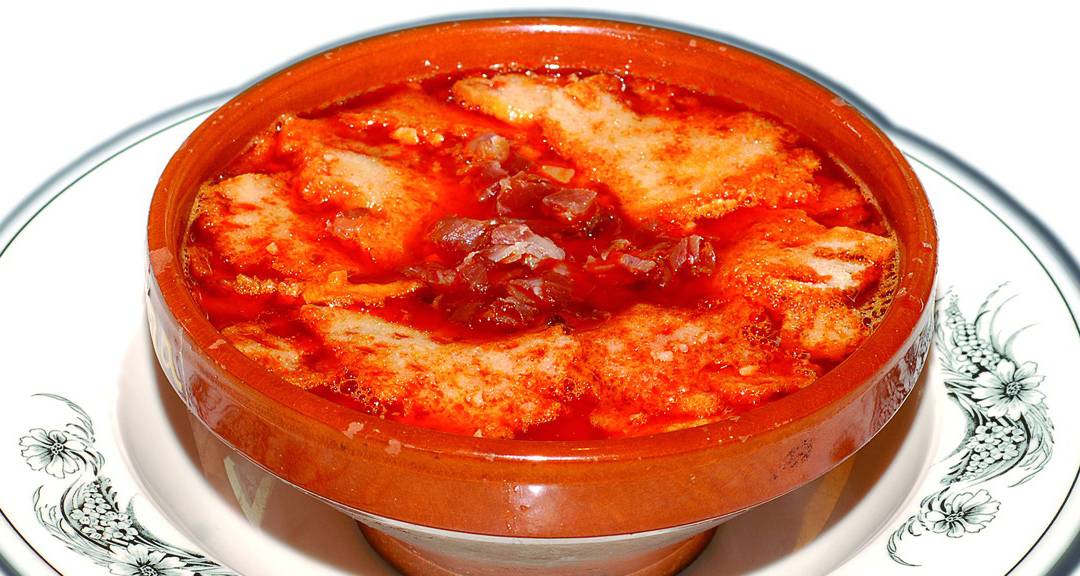
Our culinary journey begins in Castilla y León, where the aroma of Sopa de ajo fills the air during Semana Santa. Also known as sopa castellana, this hearty soup is a popular choice, especially after the gruelling processions of Viernes Santo. Made with garlic, paprika, eggs, olive oil, and bread instead of noodles, this dish has its roots in frugality, using leftover bread from previous days. Sopa de ajo is a comforting and flavourful dish that warms both the body and soul.
Patatas viudas, La Rioja

Travelling to La Rioja, we encounter another Easter staple, the Patatas viudas. The name, which translates to "widow potatoes," pays homage to the absence of meat in this traditional dish. Made with potatoes, peppers, onions, garlic, paprika, olive oil, salt, and bay leaves, this simple yet delicious recipe captures the essence of La Rioja's culinary heritage.
Garbanzos con espinacas, Seville
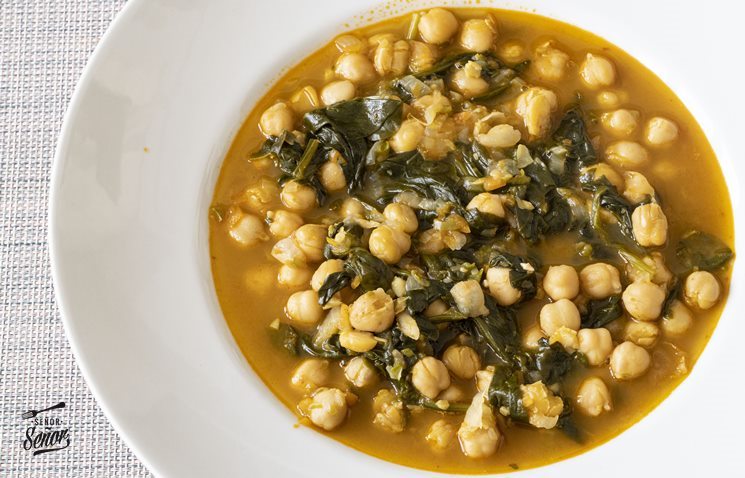
A trip to Seville during Semana Santa would be incomplete without tasting Garbanzos con espinacas. A popular alternative to the traditional 'potaje', this dish features chickpeas and spinach, creating a flavoursome and hearty meal. Garbanzos con espinacas showcases the culinary diversity of Seville and is a must-try for those exploring the region's gastronomic traditions.
Bacalao al pil pil, Basque Country

In the Basque Country, Easter is synonymous with Bacalao al pil pil, a dish that exemplifies the region's love for cod. Made with cod, garlic, olive oil, and a touch of spice from chillies or cayenne pepper, Bacalao al pil pil is a delicacy that tantalises the taste buds. The luscious sauce created from the gelatin released by the fish during cooking adds a richness and depth of flavour to this iconic Basque dish.
Pa torrat, Alicante

Journeying to the province of Alicante, we discover Pa torrat, a traditional dish that has been enjoyed by locals for centuries. Consisting of bread drizzled with olive oil, garlic, and cod, Pa torrat has its origins in the 19th century when it became a popular choice for the faithful looking to refuel during Viernes Santo. Pa torrat continues to be a cherished dish during Easter, often complemented with other ingredients to suit individual tastes.
Hornazo, Zamora
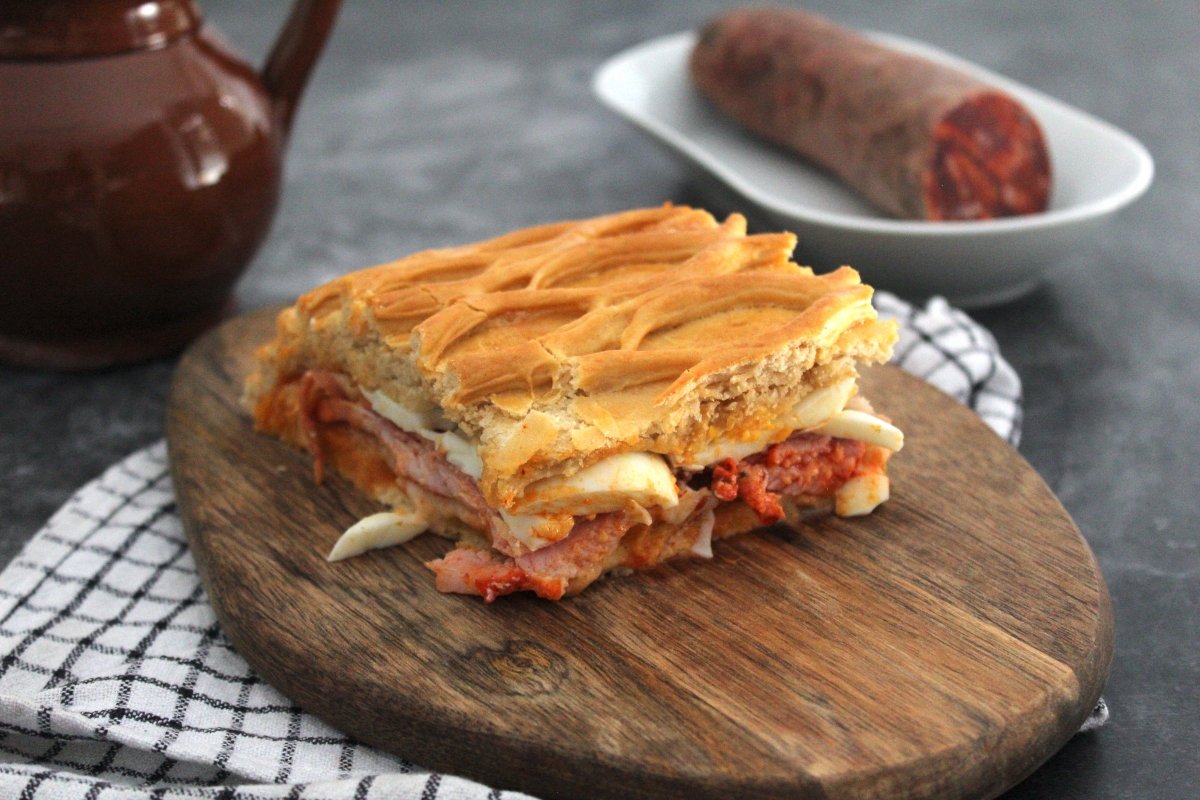
In Zamora, particularly in Salamanca, Hornazo takes centre stage as a savoury treat enjoyed during the post-Easter festivities known as Lunes de Aguas. This empanada-style dish is filled with a medley of ingredients such as chorizo, pork loin, bacon, and boiled eggs, creating a symphony of flavours that delight the palate. Hornazo is a gastronomic tradition that celebrates the end of Lent and the return to indulging in meat once again.
Tortillas de camarón, Cádiz
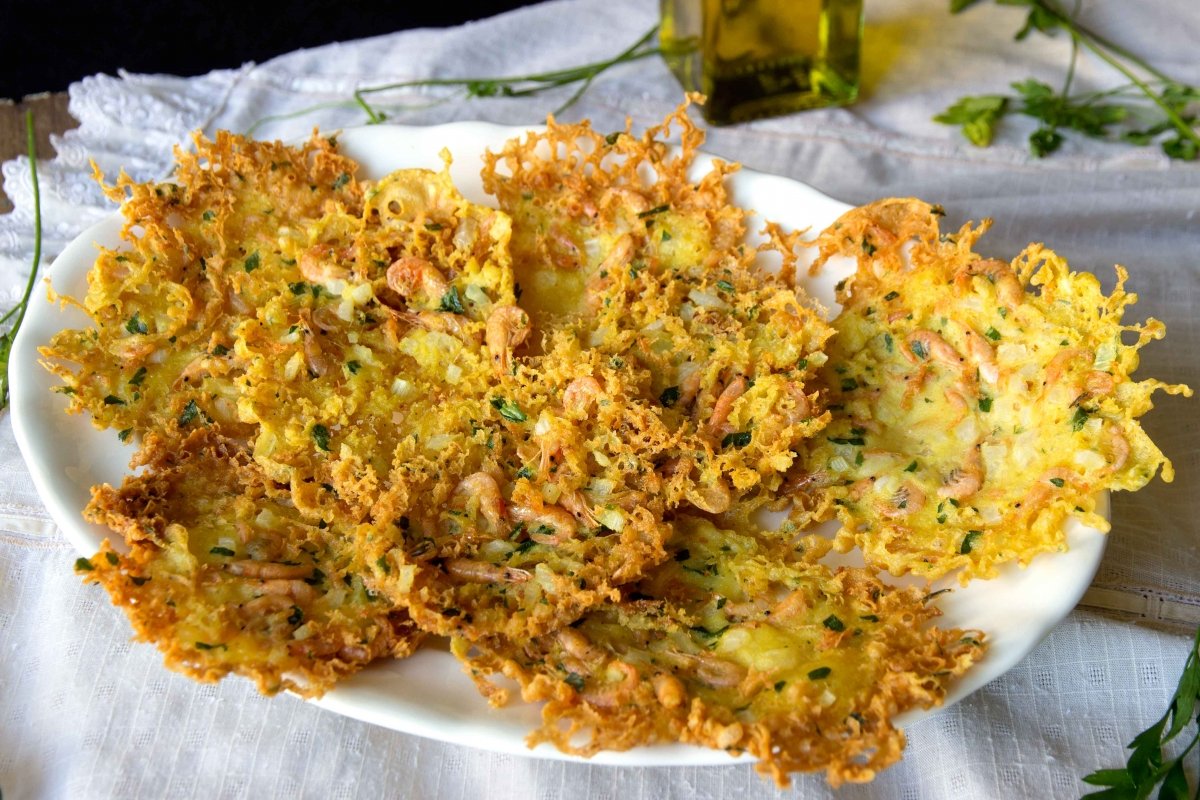
Heading south to Cádiz, we encounter Tortillas de camarón, a popular choice of appetiser during Semana Santa. These crispy prawn fritters are a delightful accompaniment to the festivities, crafted from prawns, chickpea flour, onions, parsley, and a hint of spice. Tortillas de camarón showcase the culinary ingenuity of Cádiz and are a true testament to the region's seafood heritage.
Monas de pascua, Mediterranean region
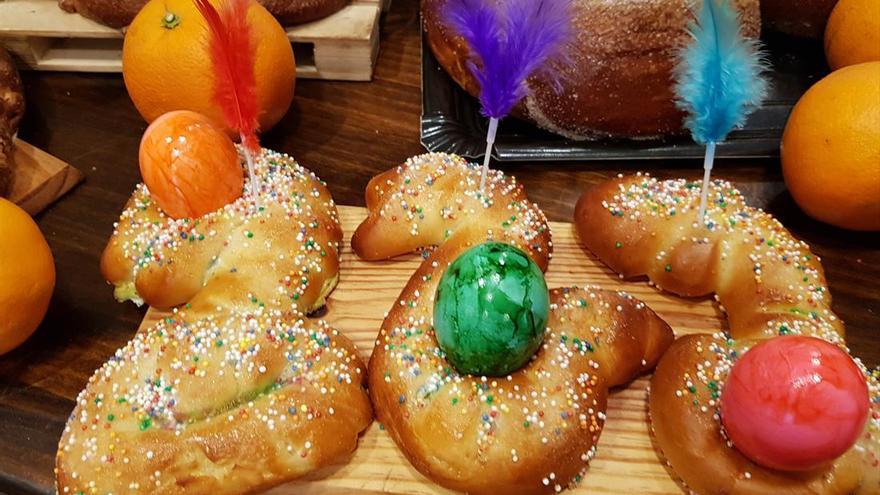
As Easter approaches, the allure of sweet treats takes centre stage across Spain. Monas de pascua, a traditional Easter pastry, is a beloved delicacy in various regions such as Murcia, Valencia, Catalonia, and Castilla-La Mancha. This round bread-like pastry with a central egg, whether boiled or chocolate, symbolises new beginnings and abundance, making it a cherished Easter tradition for families and communities.
Pestiños, Andalusia
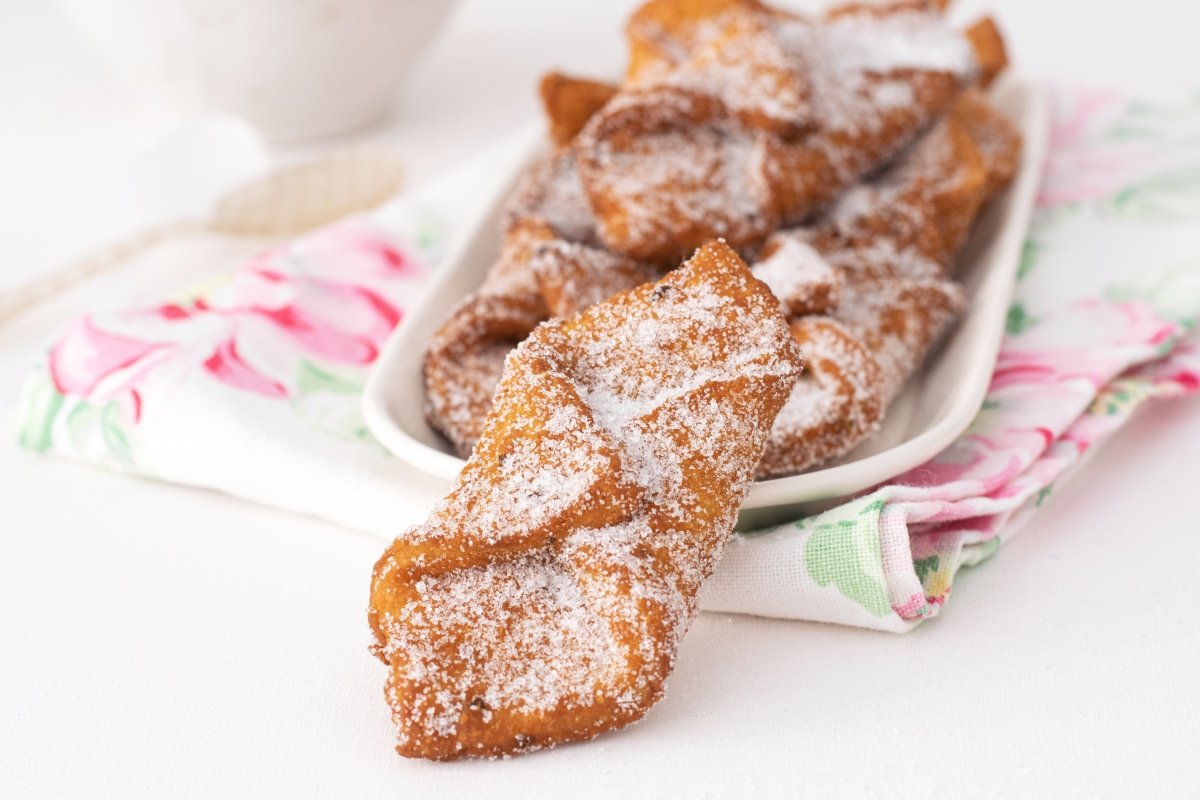
Delving into the world of sweet delights, we discover Pestiños, a Moorish-inspired treat that captivates the taste buds of those in Andalusia. These square-shaped pastries are crafted from flour, lard, white wine, aniseed, and citrus zest, offering a perfect balance of textures and flavours. Pestiños are often drizzled with sugar or honey, adding a touch of sweetness to this iconic Easter indulgence.
Leche frita, Palencia

Hailing from Palencia in the north of Spain, Leche frita is a popular dessert beloved for its creamy texture and comforting aroma. This delectable sweet is made from milk, flour, and sugar, cooked until thickened to create a velvety custard. It is often served with a sprinkling of cinnamon, sugar, chocolate, coconut, lemon zest, or caramel, adding a delightful twist to this classic Easter treat.
Torrijas and Buñuelos
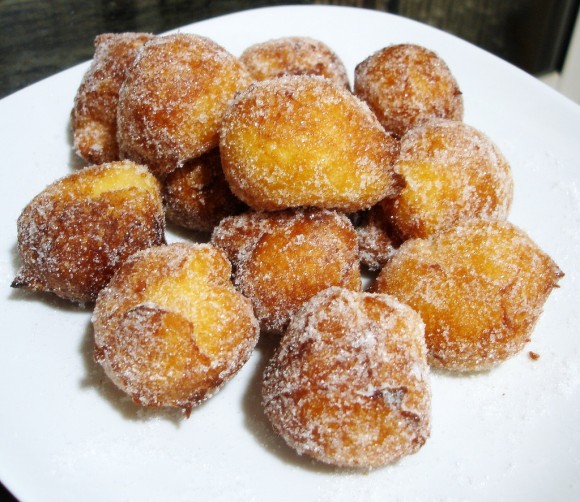
No Easter feast in Spain would be complete without the presence of Torrijas and Buñuelos, two ubiquitous desserts that have stood the test of time. Torrijas, made from bread soaked in milk, cinnamon, egg, and sugar, offer a decadent and indulgent treat. Meanwhile, Buñuelos, a staple in Madrid, are delectable fritters that boast a light and airy texture, perfect for satisfying sweet cravings during the Easter celebrations.
Semana Santa in Spain is not only a time of reflection and spirituality but also a time to indulge in the country's diverse culinary landscape. From savoury delights to sweet temptations, the traditional dishes of Easter in Spain offer a glimpse into the rich tapestry of flavours that define the nation's gastronomy. So, as you immerse yourself in the Easter festivities, remember to savour these unique and time-honoured dishes that exemplify the essence of Spanish culinary heritage